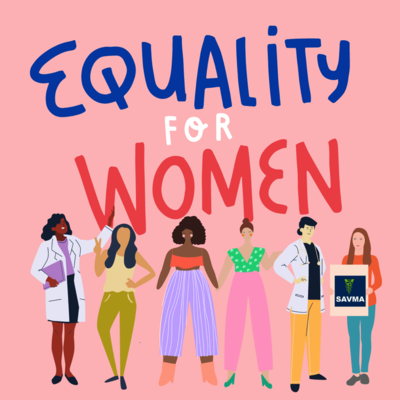Earlier on in quarantine, VetMedAcademy and the Merck Veterinary Manual sponsored a contest to identify those who have discovered and deployed innovative online approaches to reaching and encouraging interaction with their distant students.
A link to the learning module, which consists of 13 examples developed from the winning educational resources, may be accessed (free registration is required) at www.vetmedacademy.org/covid-educational-creations-contest-page. The names of the award winners and the titles of their entries are listed on this page.
All of the submitted educational resources are shared on VetMedAcademy.org.
VetMedAcademy and the Merck Veterinary Manual sought entries from instructors who had “turned lemons into lemonade.” The relevant topics included any in veterinary medicine and/or animal health, and all instructors (faculty, resident, intern or other) in veterinary or veterinary technician programs were eligible to apply. Evidence of positive student feedback was in some cases submitted to strengthen the instructor’s entry.
The submissions were reviewed on creativity and instructional merit by four judges: a practicing veterinarian, a recent veterinary graduate and past chair of the educational committee of the International Veterinary Students Association (IVSA), a veterinary specialist and editor, and an educationalist specializing in online education.
Click to read more ...
 Monday, August 31, 2020 at 01:00PM
Monday, August 31, 2020 at 01:00PM  Are you missing out on clinical rotations because of COVID-19? Does Neurology make you tremor? The VIN Student Team has you covered with Tuesday Topic Rounds. During the month of August, join Dr. Anne Katherman, DVM, MS, DACVIM (Neurology) for 30 minute, case-based sessions on Neurology every Tuesday at 12ET. Everyone and all levels of experience are welcome. There will be time for Q&A and discussion following. The next session is Managing Poison Emergencies on September 1, 2020 at 12 ET.
Are you missing out on clinical rotations because of COVID-19? Does Neurology make you tremor? The VIN Student Team has you covered with Tuesday Topic Rounds. During the month of August, join Dr. Anne Katherman, DVM, MS, DACVIM (Neurology) for 30 minute, case-based sessions on Neurology every Tuesday at 12ET. Everyone and all levels of experience are welcome. There will be time for Q&A and discussion following. The next session is Managing Poison Emergencies on September 1, 2020 at 12 ET. VIN,
VIN,  rounds in
rounds in  News,
News,  Outside Learning Opportunities
Outside Learning Opportunities 

